The company produces a micro wireless 360 Rotate Auto Tracking Panoramic camera with an AI diagnosis system to solve this problem. The camera should be inside the mouth with Springs on both sides. After opening and closing the mouth four times, the camera should scan the bite and how teeth are overlapped. The whole camera is placed in disposable plastic to maintain hygiene. After sending the images to the computer, the program shows the teeth height difference to the doctor at different times with the help of artificial intelligence.
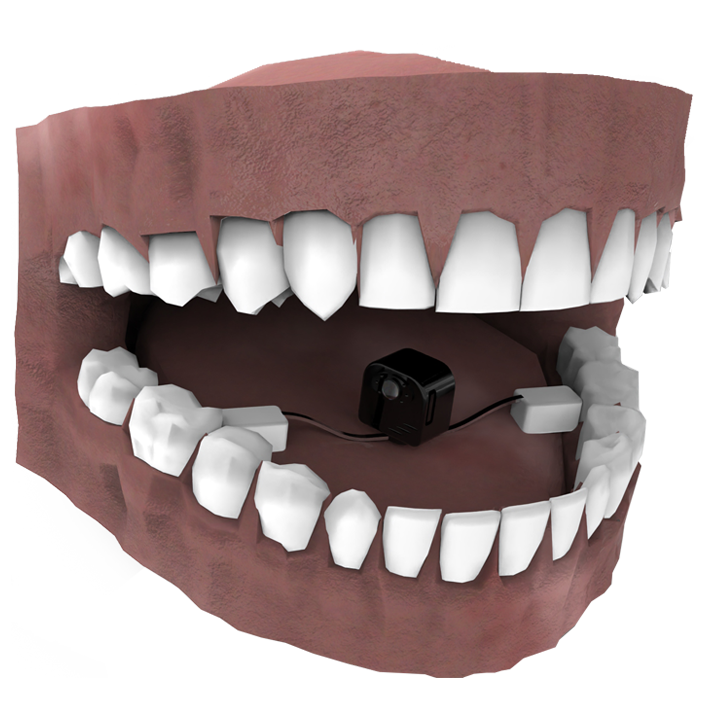
What exactly is this device?
The company produces a micro wireless 360 Rotate Auto Tracking Panoramic camera with an AI diagnosis system to solve this problem. The camera should be inside the mouth with Springs on both sides. After opening and closing the mouth four times, the camera should scan the bite and how teeth are overlapped. The whole camera is placed in disposable plastic to maintain hygiene. After sending the images to the computer, the program shows the teeth height difference to the doctor at different times with the help of artificial intelligence.
This device can work in three categories of malocclusion
Class 1 malocclusion is the most common. The bite is normal, but the upper teeth slightly overlap the lower teeth. In this class, accruing mainly after dental filling, the dentist can use this device to solve the problem immediately after dental filling.
Class 2 malocclusion, called retrognathism or overbite, occurs when the upper jaw and teeth severely overlap the bottom jaw and teeth. In this class, the device can show the treatment process to the dentist to see the treatment progress.
Class 3 malocclusion, called prognathism or underbite, occurs when the lower jaw protrudes or juts forward, causing the lower jaw and teeth to overlap the upper jaw and teeth. In this class, the device can show the treatment process to the dentist to see the treatment progress.
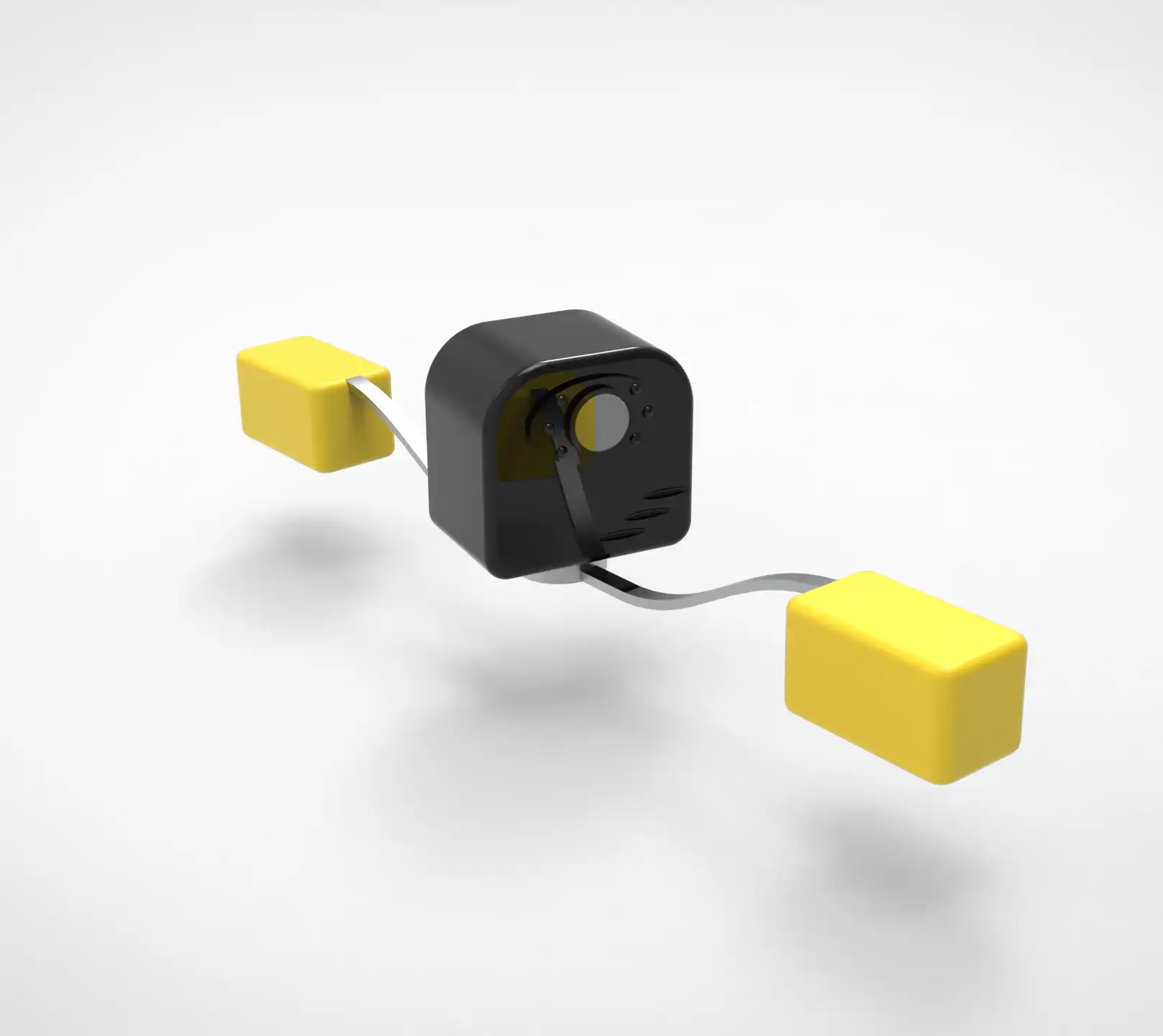
Advantages
- It is smart and can be installed on a computer.
- Eliminates the high costs of x-ray and Dental articulating paper diagnostic models.
- more efficient and accurate.
- It can take pictures of all parts of teeth.
Introduction video
Innovations
- With the help of artificial intelligence, it simulates the teeth and determines their size difference from inside the mouth.
- With the help of artificial intelligence, it learns more every day to analyze the movement of the teeth when placed together with the many photos it takes.
- This program can report the movement of the jaw at different moments
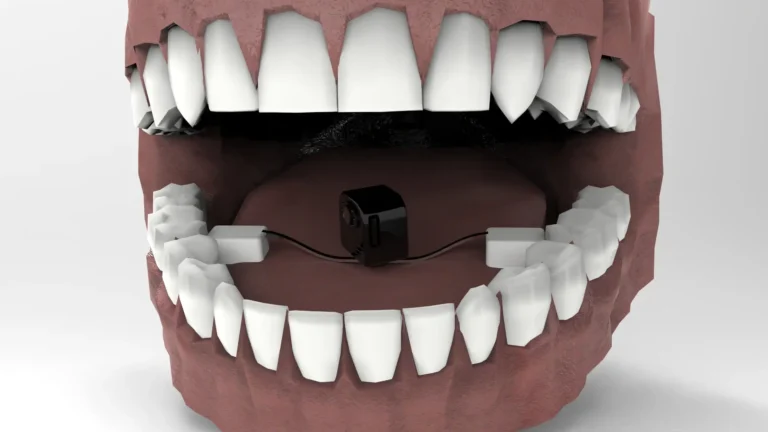
The problem we are solving
Malocclusion of teeth
One common reason for pain in a tooth after you get a filling is that the filling isn’t positioned quite right, and it’s interfering with your bite. A too-high filling can cause malocclusion, preventing teeth from fitting together correctly when you bite down. Your dentist can adjust the height of your filling so you can bite down comfortably and efficiently. If a new filling or crown is too high, even if only very slightly, it can throw your overall bite out of alignment. It may hurt or feel too high when you clench your teeth, which is probably not in perfect harmony and should be adjusted.
Malocclusion also may be hereditary. This means it is passed down through families. It may be caused by a difference between the size of the upper and lower jaws or between the jaw and tooth size. It causes tooth overcrowding or abnormal bite patterns. The shape of the jaws or birth defects such as cleft lip and palate may also be reasons for a malocclusion.
A dentist discovers most problems with teeth alignment during a routine exam. Your dentist may pull your cheek outward and ask you to bite down to check how well your back teeth come together. If there is any problem, your dentist may refer you to an orthodontist for diagnosis and treatment.
You may need dental x-rays, head or skull x-rays, or facial x-rays. Diagnostic models of the teeth are often needed to diagnose the problem.
And also another way to diagnose malocclusion is by using Dental articulating paper. Dental articulating paper is used as a diagnostic tool to identify the distribution of occlusal forces and highlight points of occlusal contact between the maxillary and mandibular teeth. the problem with articulating paper is that it does not describe occlusal forces or accurately measure the bite force in any quantifiable and predictable way.
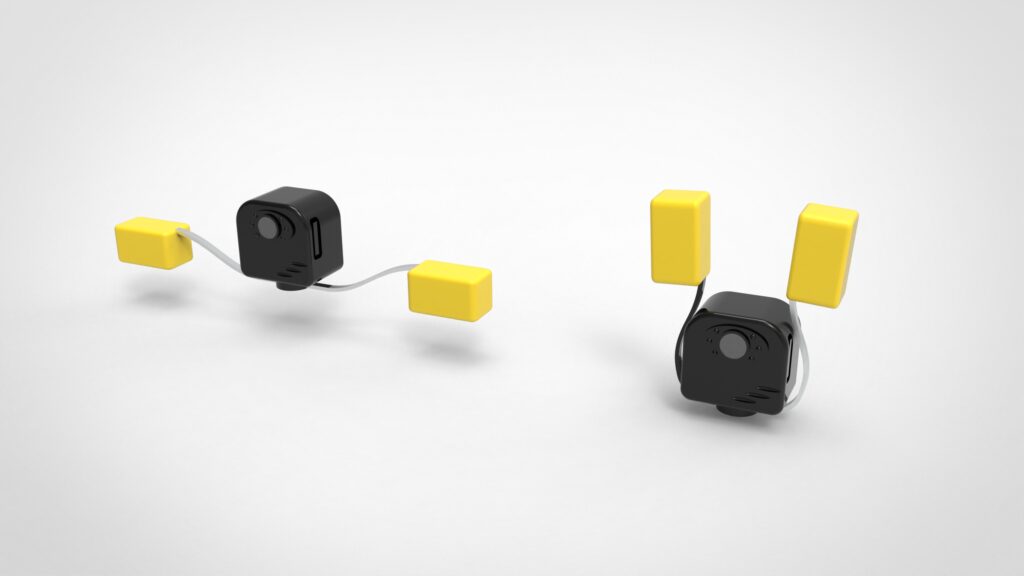
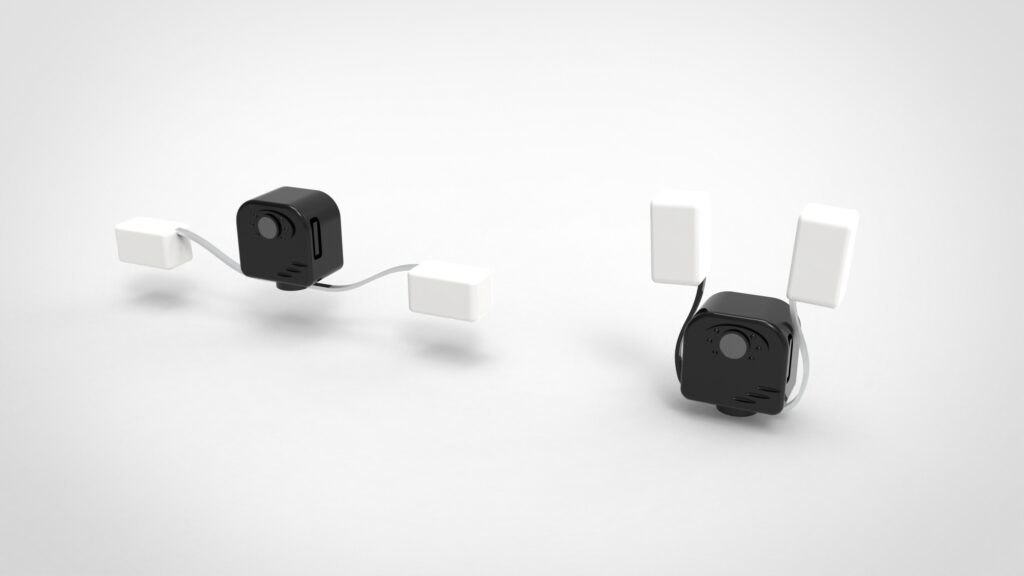
Catalog Download

Team

Mahla Esfahaniani
CEO
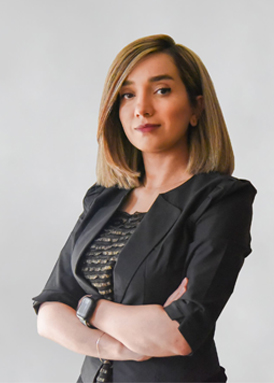
Hoda Mohammadkhani
CTO
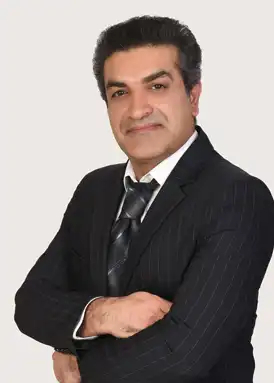
Mostafa Alizadeh
Director of Business Development

Reza Astadabadi
Chief Marketing Manager

Advice Form
To receive advice and purchase this product, send the following form so that we can contact you as soon as possible
